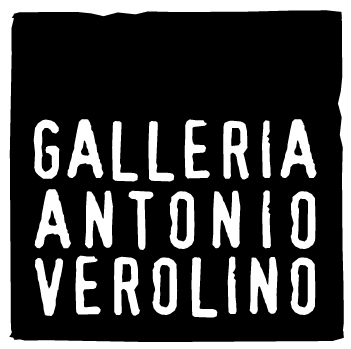Leonardi/Chiesi SEQUENZE 2019
26 october – 18 november 2019
Cesare Leonardi (Modena, 1935)
The work of Cesare Leonardi, architect, designer, photographer, sculptor,
It stands out not only for its vast production but also for its unity
of language in different fields, configuring itself as a “transversal” project which, moving from one discipline to another, has developed and nourished a single design research. It is difficult to briefly retrace Leonardi’s history without first mentioning this fundamental aspect of his activity.
The study of the landscape and the design of greenery characterize his first years of activity, carried out from 1963 to 1983 together with the Modena architect Franca Stagi (1937-2008).
Parallel to architecture, their studio deals with design. The Nastro Armchair, the Dondolo, the Guscio Armchair and many other furnishings (chairs, tables, lamps) appeared in international design magazines and books at the end of the 1960s.
At the beginning of the 1980s Leonardi experimented with a different idea of design, an entirely artisanal production without a client, a production for himself. This is the Solidi series, furnishing elements designed starting from a single material, the wooden board for concrete formwork and from a single format, 50×150 cm, multiples and sub-multiples.
The interest in photography dates back to the years in which Leonardi, a teenager, lived with his family in Vignola. Passion that accompanies all his production as a tool for documenting, investigating, discovering: he captures trees in different seasons, the shadows cast by buildings on other buildings, European cities, historical architecture (he carries out the photographic survey of the Modena Cathedral), his own sculptures, architectural models, prototypes and design objects. These are never single shots but sequential compositions, which represent movement, the passage of time, shapes and colors through frames.
Andrea Chiesi (Modena, 1966)
Since the early 1980s, his work has been aimed at observing the landscape and its transformations. His early works were underground comics referred to
has maintained the sign and the narrative approach, a notebook of drawings made on the subway in Marseille during the Young Artists Biennial in 1990 won the RTM prize, and just this year an expanded notebook became part of the archaeological museum of Locri Epizephyria. Cities, suburbs, factories and abandoned houses, nature returning, a journey to the places that called and fascinated him, he observed them and then drew and painted them, with a few colours, white and
black turned to blue, payne gray and dark permanent green, with the spirit of the romantic traveller.
His techniques are markers and India ink, oil pastel and graphite on paper, and oil on linen canvas.







